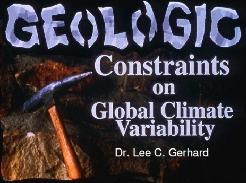
|
Many slides prepared by
the Kansas Geological Survey, whose help is appreciated |
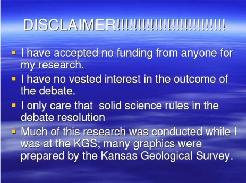
|
We are pretty tired of
fraudulent ad hominen attacks assuming we
are funded by any industry. This work was not funded except for
graphical assistance of the Kansas Geological Survey and the research I
conducted under their auspices. |
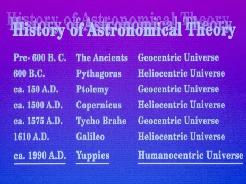
|
Humans try to be in
charge and in control, the universe doesn’t care about humans. |
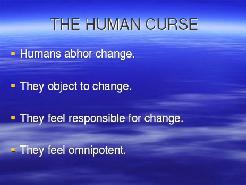
|
Humans have egos.
|
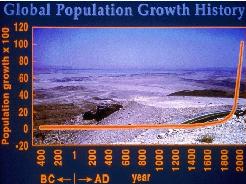
|
5. Nothing we do about
our
environment will make any difference in the long run if we don’t
address population. |
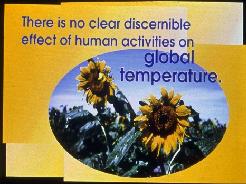
|
A theory we will test in
this presentation. |
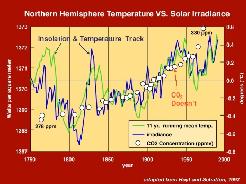
|
7. The correlations
are
obvious- CO2 and temperature don’t co-vary.
Solar energy and temperature do co-vary. See page 7 |
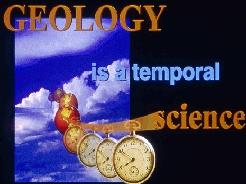
|
Geologists are trained to
think in 4 dimensions, unlike most
scientists. This is especially important in assessing changes in
dynamic earth processes which occur over time such as temperature and
climate. |
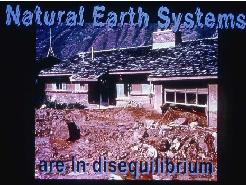
|
9. If earth
processes were
in equilibrium, this would be a dull and uninteresting place to live.
|
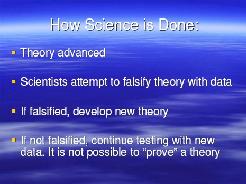
|
|
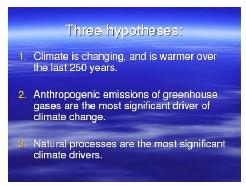
|
|
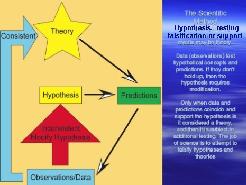
|
http://physics.ucr.edu/
~wudka/
Physics7/Notes_www/
node6.html#
SECTION021210000
00000000000
Accessed 6-3-06 |
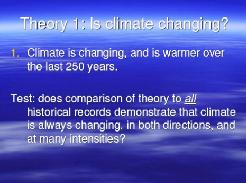
|
|
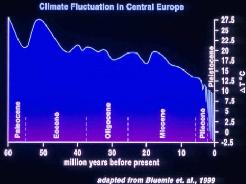
|
Overall, the earth’s
climate has been cooling for 60 million years,
but that is only an average – temperature goes up and down,
constantly. |
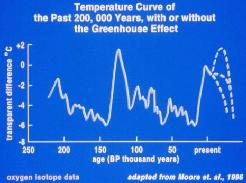
|
15. This diagram
shows that
temperature rapidly rises, then
slowly cools naturally, more on large version |
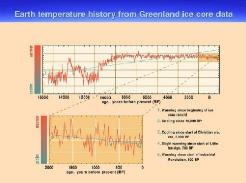
|
This diagram sows the
highly variable nature of earth temperature
over 16,000 years, with detail for the last 2000 years.
Depending on
the period of the earth’s history that is chosen, the climate will
either be warming or cooling. Choosing whether earth is warming or
cooling is simply a matter of picking end points, more on lpage 16
|
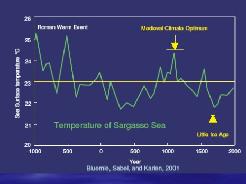
|
17. Notes on page
17
click on image
|
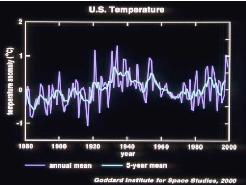
|
Even the last 120 years
show significant variation in
temperature for the United States. Data from NOAA and NASA. Note that
the warm period of the 1930’s exceeds current temperatures. This
was also the dust bowl period. |
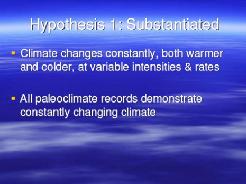
|
|
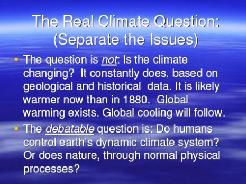
|
|
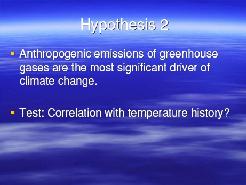
|
|
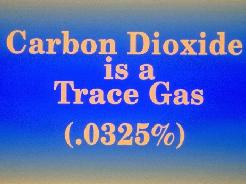
|
Carbon dioxide is only
one of many greenhouse gases, now about 380
parts per million concentration, and rising. |
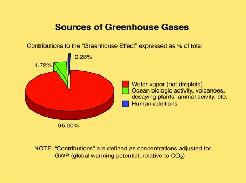
|
23. But of all the
greenhouse
gases, carbon dioxide represents only
about ¼ of 1% of the greenhouse effect, more on page 23 |
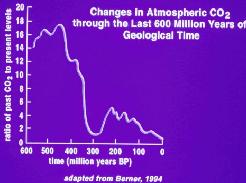
|
Berner, 1994, as cited
in: Moore, Peter D., Bill Chaloner, and
Philip Stott, 1996, Global environmental change: Blackwell Science,
Oxford, England, 244 p. |























